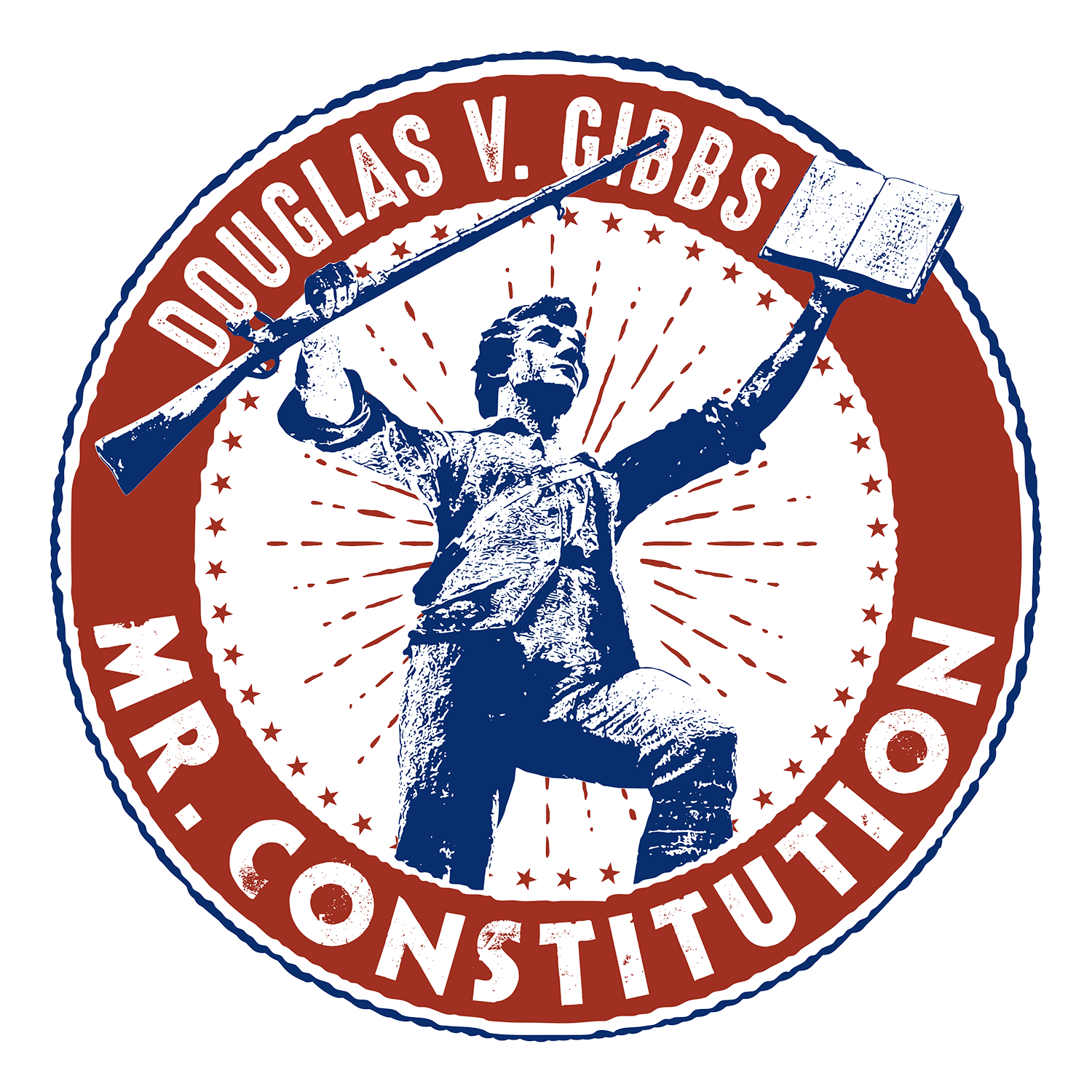Twenty-seven years have passed since the prescription opioid drug, OxyContin, first came on the market. Purdue Pharma manufactured the drug, but they promoted the drug as safe and less susceptible to abuse. It turned out, however, that the claim was false, and deceptive. OxyContin proved to be highly addictive, and the addictive nature of the drug resulted in what many have called a public health crisis that led to thousands of lawsuits seeking trillions of dollars against Purdue Pharma and the Sackler family who were the principal owners of the company. Recently, they relinquished control over the company.
The question before the United States Supreme Court is whether to allow a multi-billion-dollar bankruptcy plan for Purdue Pharma to move forward. Blocking the plan would release members of the Sackler family from civil liability for opioid-related claims. The plan moving forward would be the only way to ensure that those seeking retribution would receive compensation and funding for opioid recovery projects, and ensure the Sackler family was liable regarding those claims.
The Sacklers filed for bankruptcy in 2019, and a bankruptcy court in New York put lawsuits against both the company and the Sackler family on hold. In September of 2021 the federal bankruptcy court confirmed a plan to remake Purdue Pharma as a nonprofit devoted to addressing the public-health problems created by the opioid epidemic. Members of the Sackler family concurred, and even offered to contribute up to $6 billion to the plan. In exchange, provisions in the plan shielded them from future civil liability for opioid-related claims.
A federal district court struck down the bankruptcy court’s ruling, but a federal appeals court reinstated it earlier this year, pushing the case to the Supreme Court in August.
Deputy Solicitor General Curtis Gannon told the U.S. Supreme Court justices that the releases for the Sacklers go beyond what the law allows, urging the justices to hold that such nonconsensual third-party releases are not authorized by the Bankruptcy Code because they extinguish property rights that do not belong to the bankruptcy estate.
Gregory Garre, who argued on behalf of Purdue Pharma, countered that the court should reject the government’s argument that nonconsensual releases are always invalid. Congress’s use of the words “any” and “appropriate” in the law belie the idea, he contended, that bankruptcy plans can never include third-party releases – and indeed, he noted, they have been used for nearly 30 years.
The justices seemed to split in their positions, seeking to focus on broader and more practical questions, questioning the viability of the current version of the bankruptcy plan as the best or only version of a plan to help opioid victims and their families. However, as Gannon argued, if the current plan does not go forward, it would preclude any recovery at all for the victims.
One must ask, however, from a constitutional perspective, is it within the federal government’s authority to seek a particular path for any recovery for the victims, much less a better one or alternative one to the one being offered? There has been years of investigations into the Sacklers, and according to Gannon, a better deal “does not exist.” If this settlement plan blows up, the victims “are going to get zero dollars.” Shouldn’t the Sackler family be expected to face liability, especially since the Sacklers took money out of the company for themselves after the deception had been perpetrated?
According to the arguments before the court, of the $11 billion that the Sacklers took out of the company in the years leading up to the bankruptcy, 40% went to pay taxes, and 97% of the post-tax funds transferred to the Sacklers would in fact be included in the settlement should that be the path taken. If the plan doesn’t go forward, there would be “serious issues” for the victims in trying to collect any award that they might receive in a lawsuit.
The reality is, the arguments and the discussions regarding this case are only beginning, and what is coming out right now is simply the Supreme Court’s first glance at the facts of the case. It’ll take a while for the justices to fully go through all of the arguments and data available, and a decision in the case is not expected until the end of June.
— Political Pistachio Conservative News and Commentary


